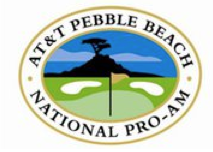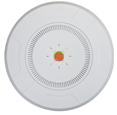One of the interesting features of the new Apple iPad it its inclusion of a 4G LTE communications chip, which will let the device connect directly with the high-speed wireless networks now being built by Verizon Wireless and AT&T in the U.S. While that’s great news for tablet users who want more power on the go, for mobile sports fans a Wi-Fi connection is going to remain the wireless link of choice going forward.
Why? Because data rates for 4G LTE are still too high to make cellular-only usage an option, especially if you want to give the tablet a regular full-game workout. There’s no set way yet to measure exactly how much cellular data you use when you are viewing live video because the answer depends on a lot of variables, including video resolution rate, your distance from the nearest cell tower, and the strength of the signal. But the bottom line for sports fans is that if you want to use the tablet exclusively for sports consumption, the smart move is to find a Wi-Fi signal whenever you can.
And since more stadiums are now putting Wi-Fi inside, bringing your tablet or iPad to the game is going to become as much a no-brainer as “buying peanuts on the outside,” to coin a phrase you hear outside Wrigley. Within the next few years we are guessing that most teams will start to implement some kind of “stadium app,” which delivers custom content and in-stadium-only goodies like multiple camera angles or replays. The old days of people wringing their hands over whether or not devices should be at games are over. The new future is folks bringing a tablet or iPad and taking it out to watch an occasional memorable replay, or to look up stats. Or to order a cold one, and have it waiting at an express window.
On the couch, the tablet is going to become as ubiquitous as the remote — hell, it might even replace the remote at some point in the future when cable providers like Comcast get their act together. Though the live streaming of the Super Bowl this year wasn’t a tremendous experience, we are betting that this year’s Masters coverage online will really move the ball forward when it comes to having a complementary viewing option. And the tablet format — big enough screen to be exciting, small enough to carry around easily — is just going to keep getting bigger, with or without a 4G LTE connection.











